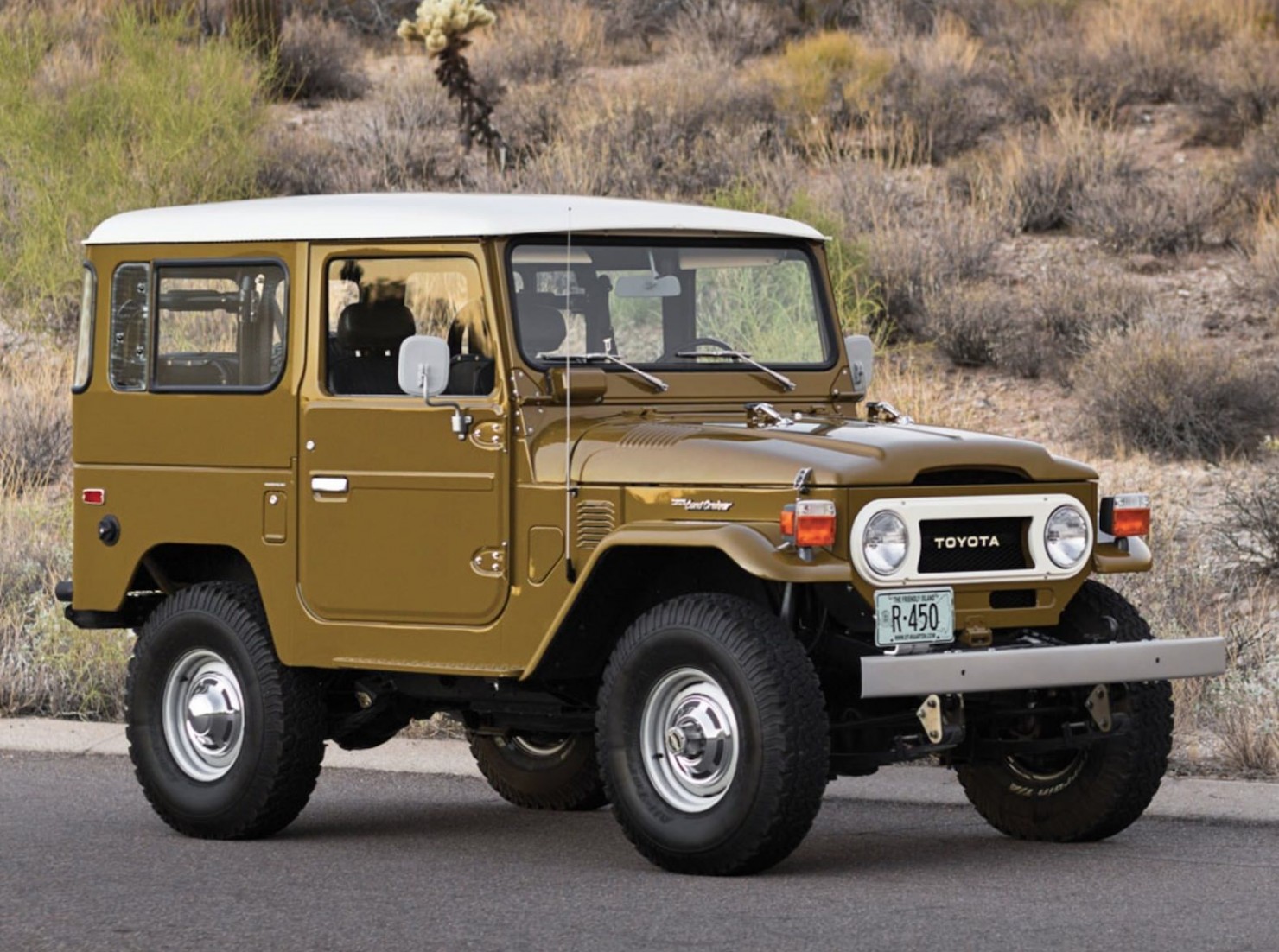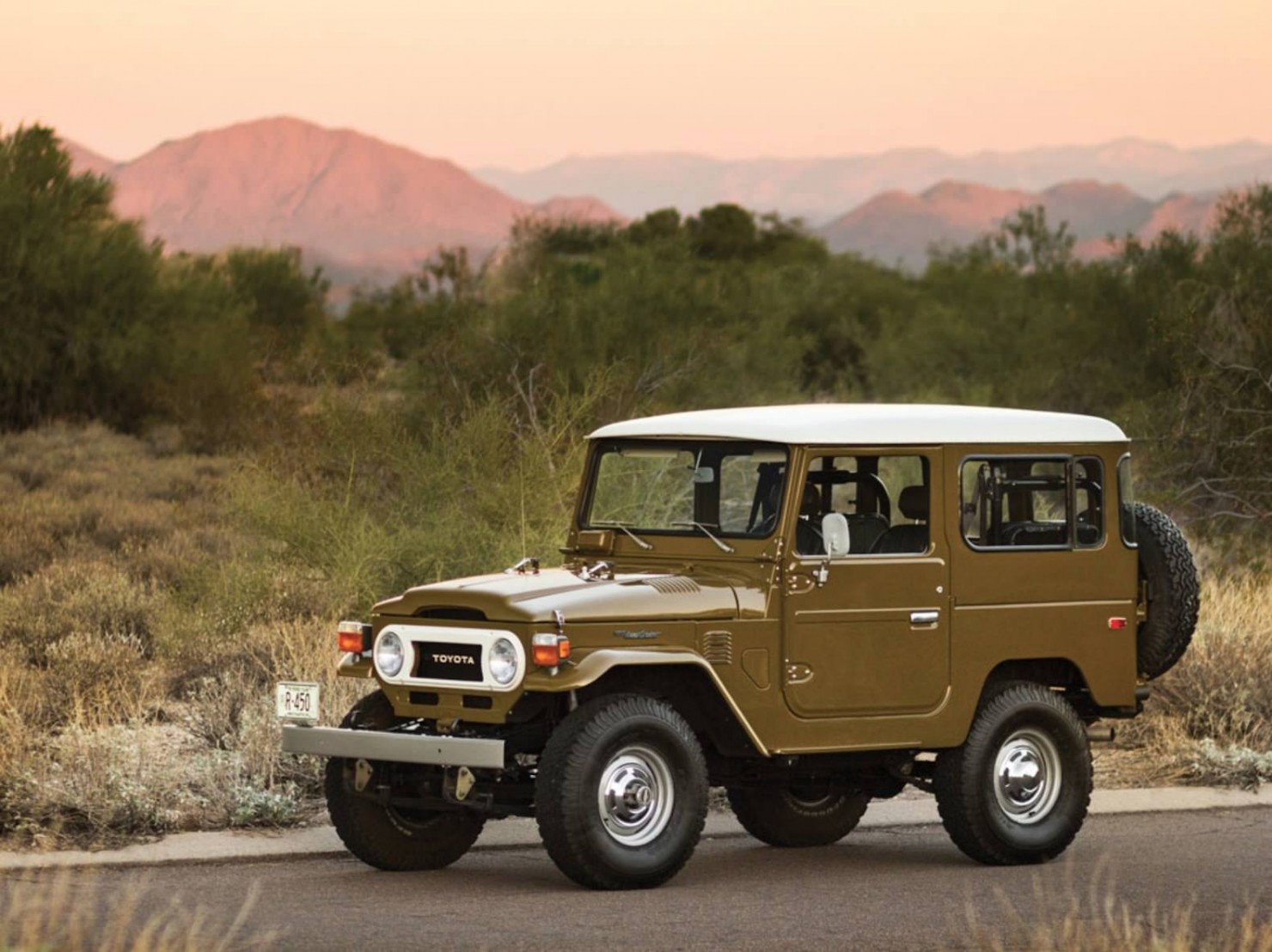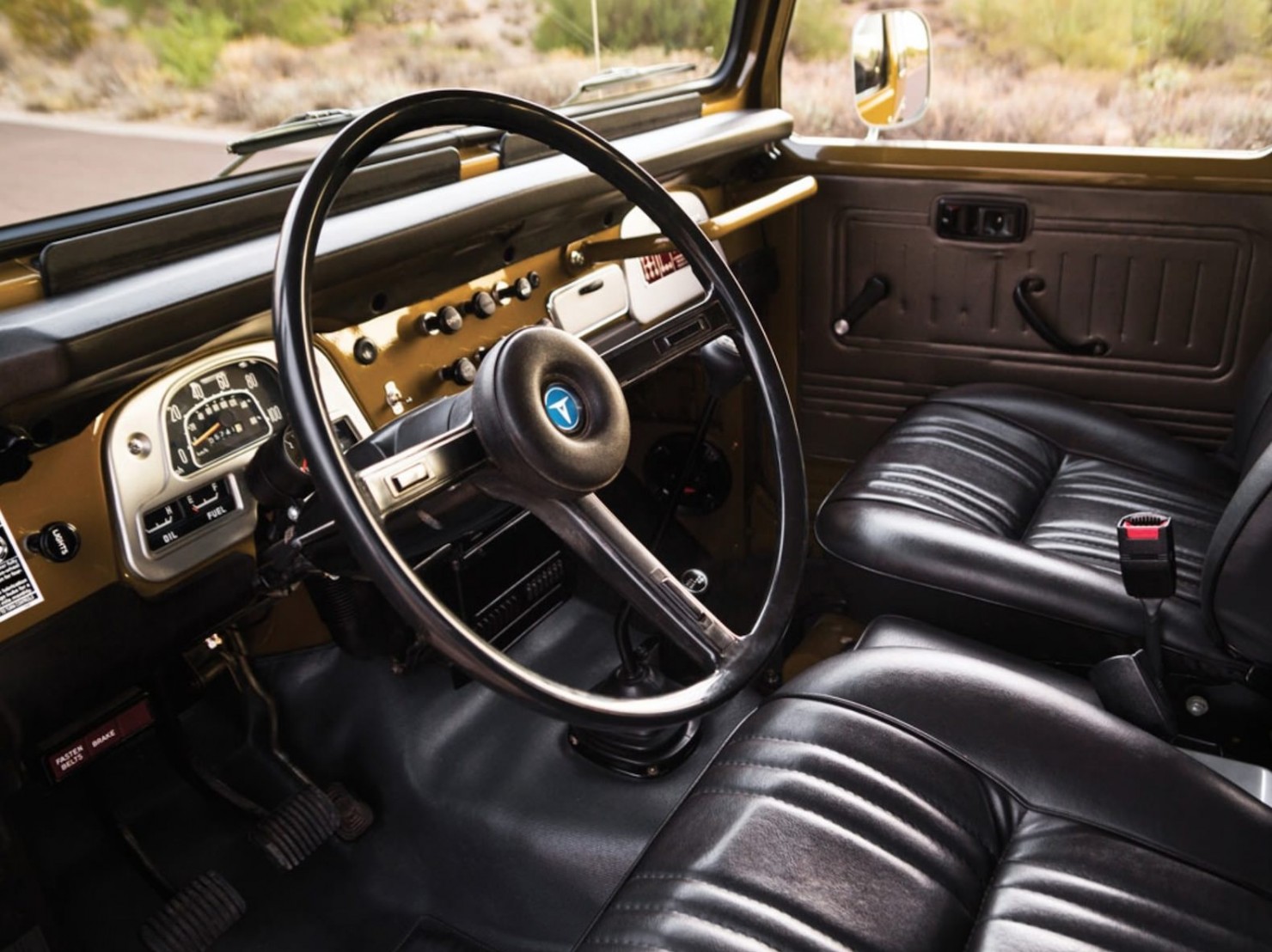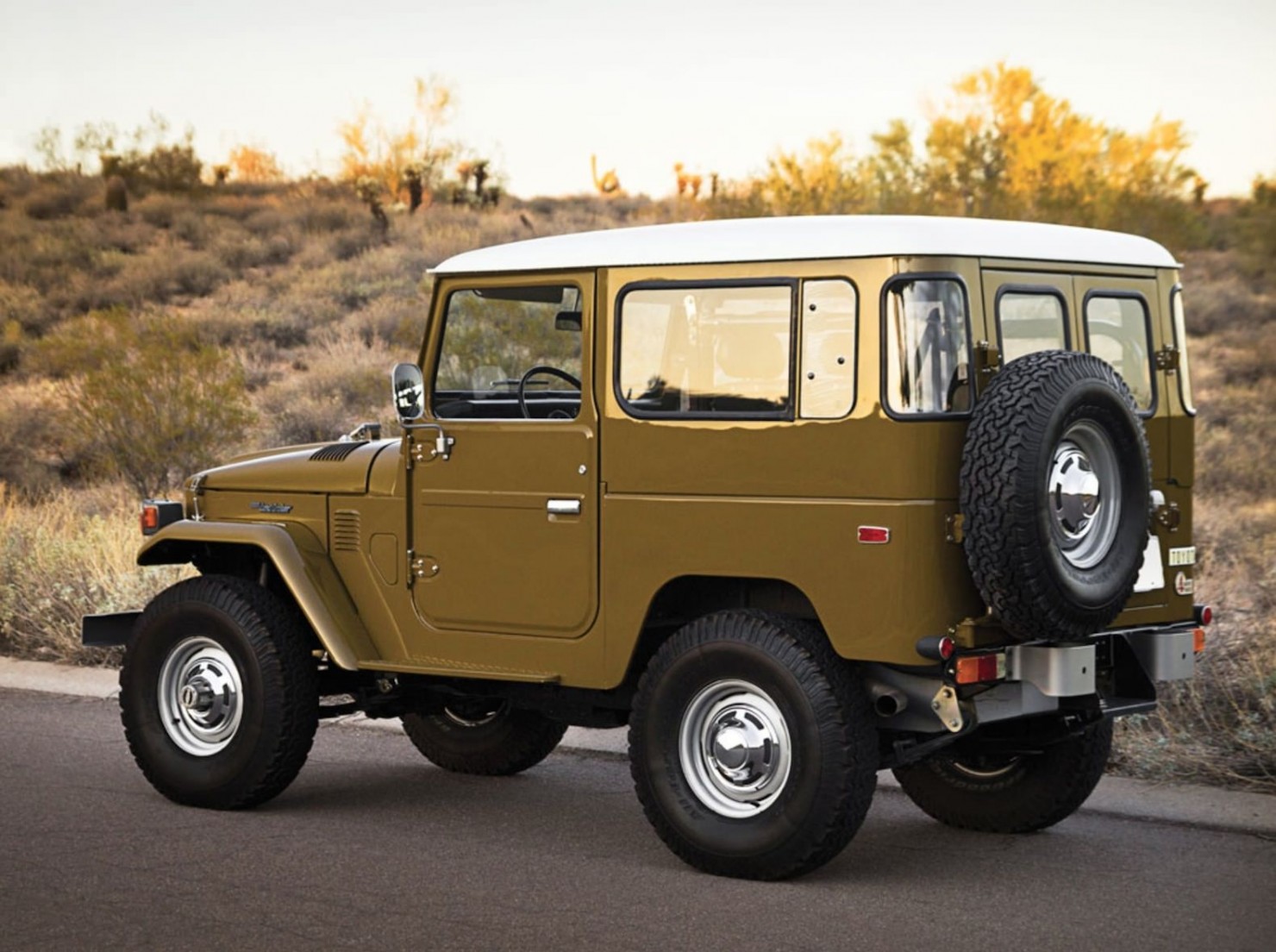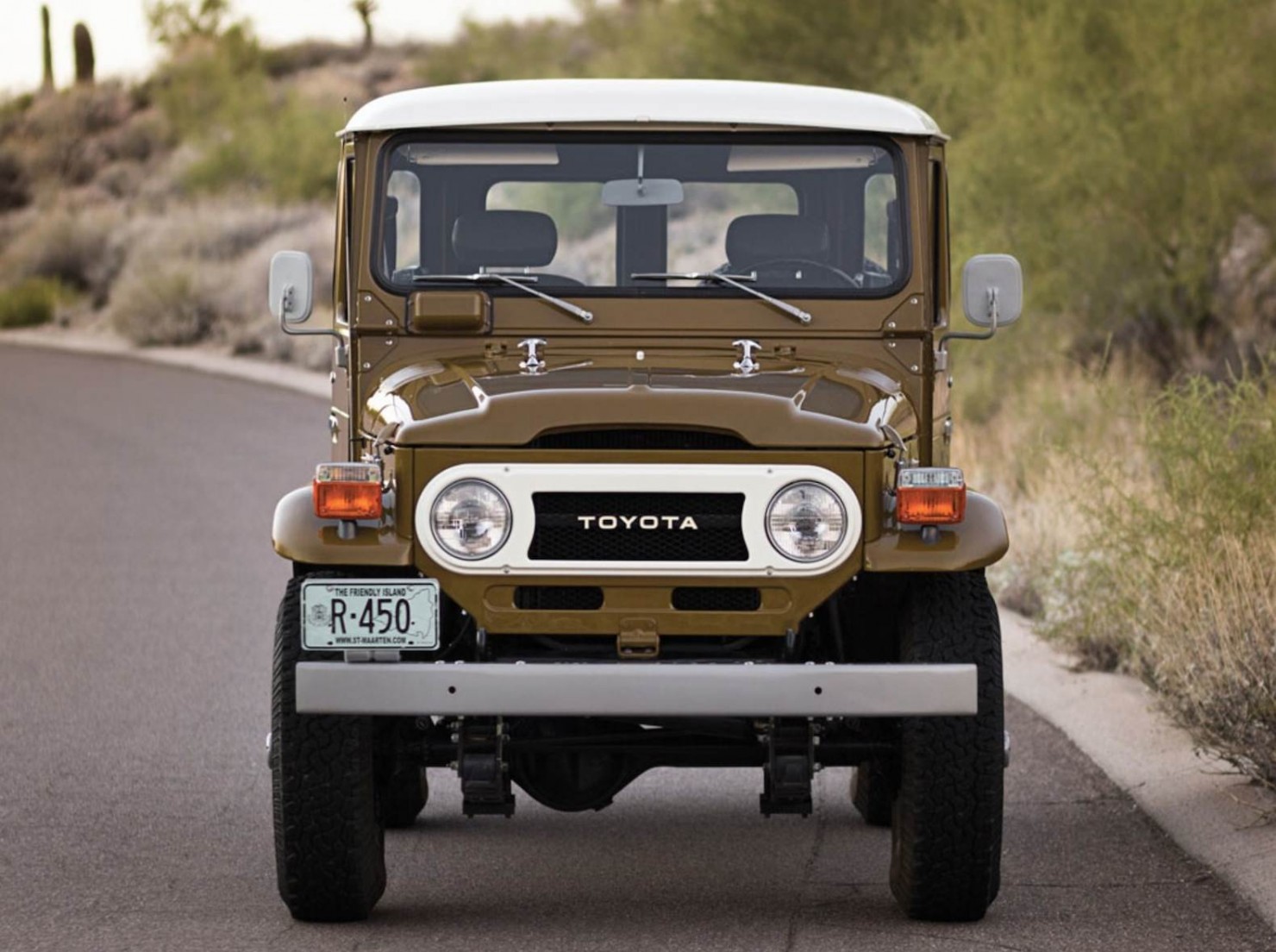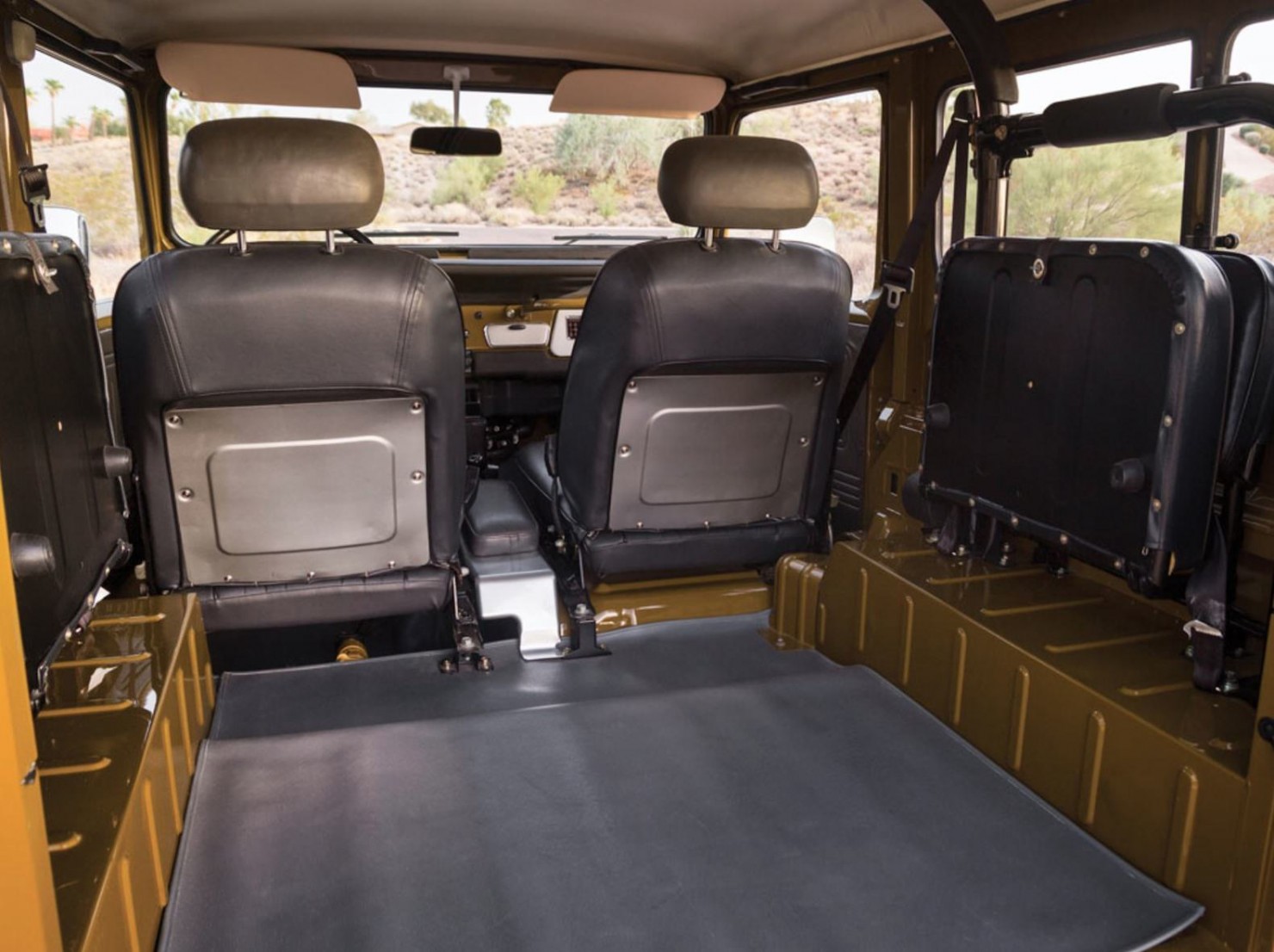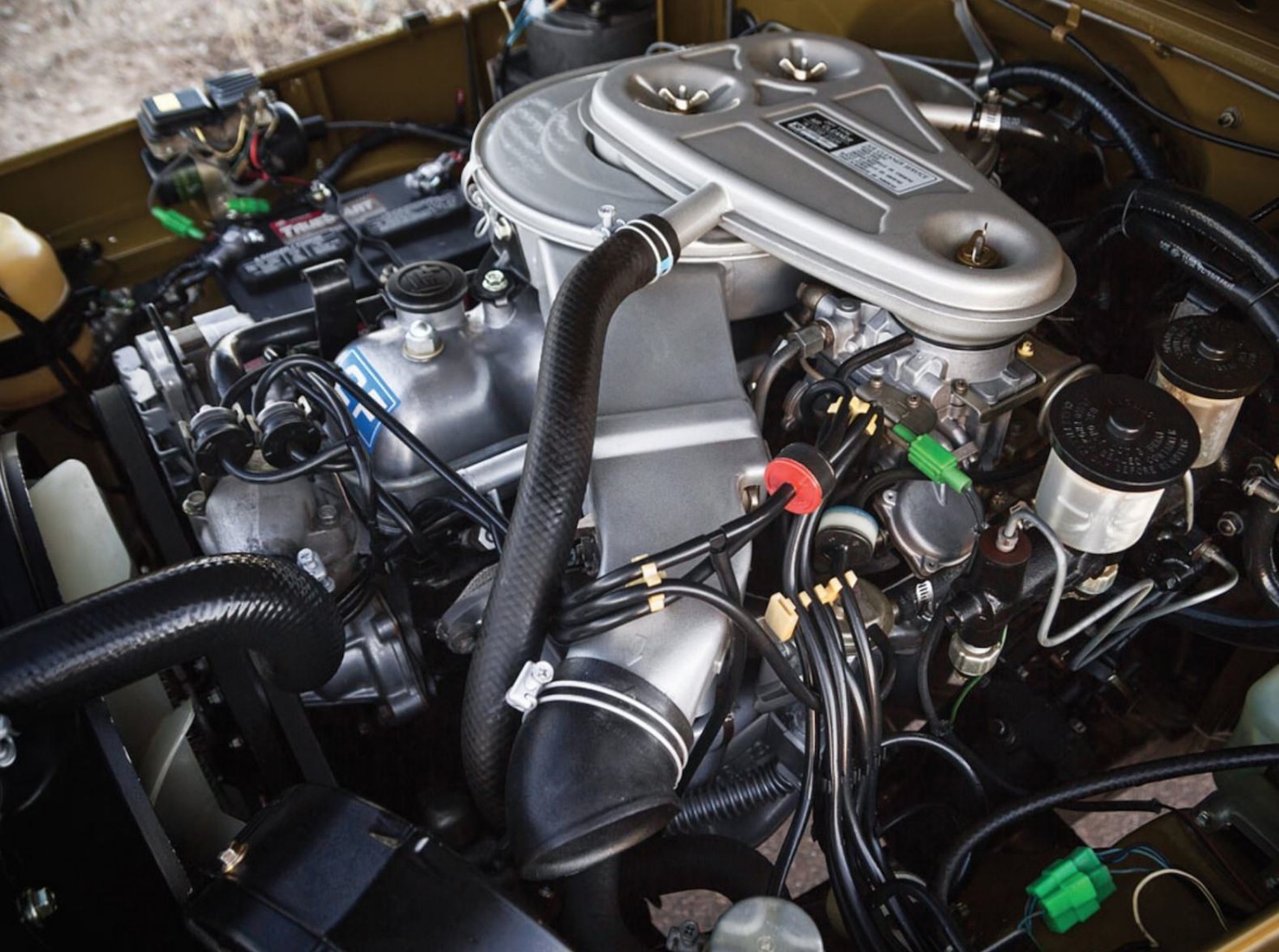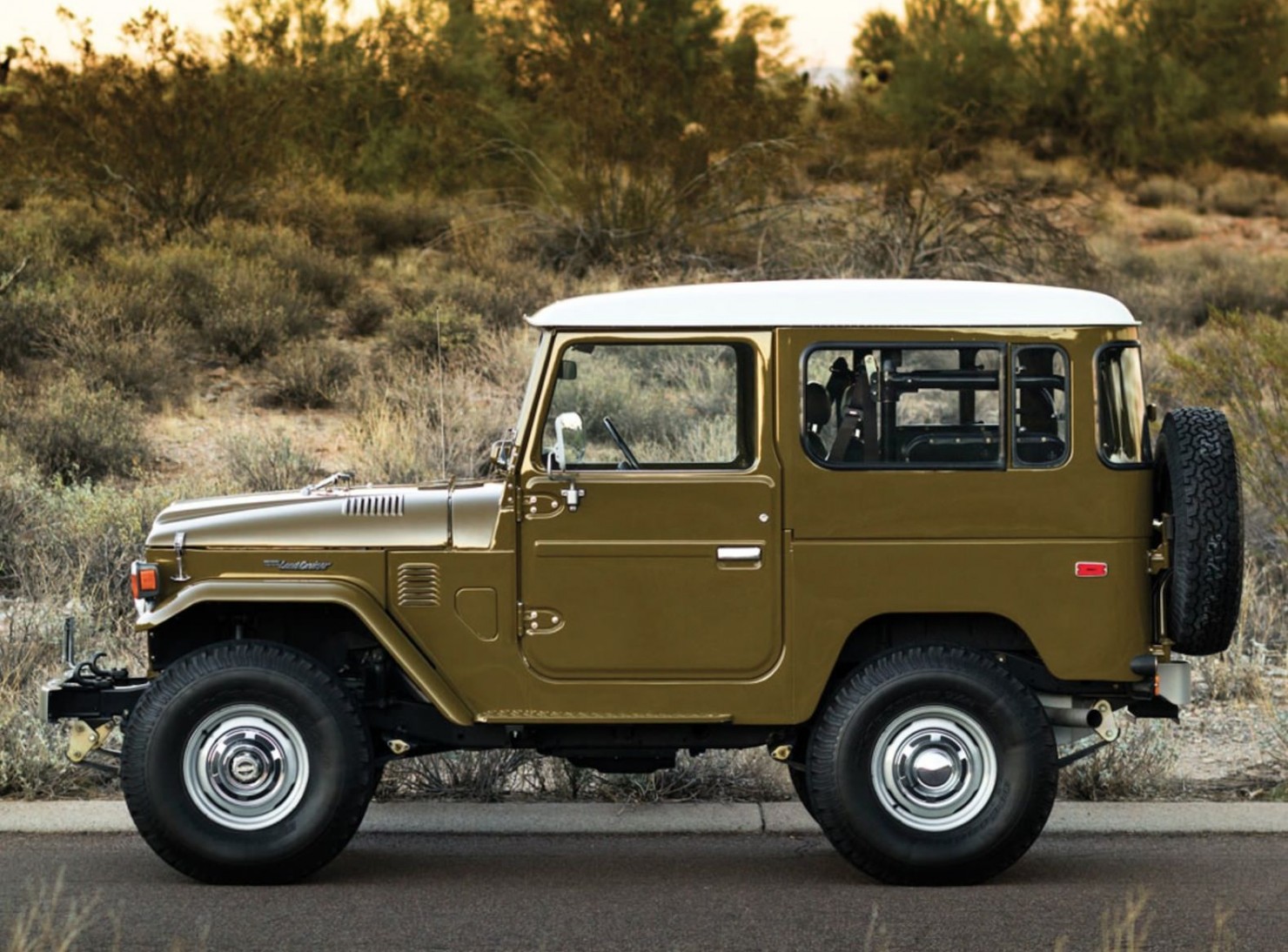A red fox pinpoints field mice buried deep beneath the snow, using his sensitive hearing and the magnetic field of the North Pole to plot his trajectory
vendredi 22 novembre 2013
Lana and the Leopard: Wild cats together
Lana Wood had every reason to be nervous of water: in the Bond film 'Diamonds are Forever', she was twice plunged into a pool at the hands of villains – the second time with fatal consequences. Much safer to stay out of the water and play with the neighbourhood cats...
Lana Wood is a Hollywood pseudonym for the Russian actress Svetlana Nikolaevna Zakharenko, the younger sister of Natalie Wood. Lana’s best-known role is as Bond girl Plenty O’Toole in the 1971 film Diamonds are Forever “ ("Hi, I’m Plenty!" – "But of course you are."). She also gained fame by posing for Playboy naked; much to her sister’s horror. A condition of running the pictures was that Playboy must also publish some of her poetry. Perhaps she breathed some words of poetry into this big cat’s ear?
Photos: Mondadori Portfolio by Getty Images
Calendrier Ornella Ongaro
La pilote moto, Ornella Ongaro, a décidé de réaliser un calendrier sur lequel elle pose nu, pour reverser les dons à la Ligue contre le cancer.




https://www.facebook.com/pages/Ornella-Ongaro-Page-Actus/208352722511322
https://www.facebook.com/pages/Ornella-Ongaro-Page-Actus/208352722511322
McLaren Documentary : How To Build A Supercar
This documentary, titled “How To Build A Supercar”, is an incredible look inside the Woking headquarters of McLaren Automotive. I was fortunate enough to meet up with Frank Stephenson (the head of automotive design at McLaren) a couple of weeks ago and, along with my father, enjoy an extraordinary behind the scenes look around the building and at the production line which was just beginning to build McLaren P1s for a couple of rather well-known car collectors.
Almost everything we saw is featured in this documentary, so if you have 60 minutes free be sure to hit the play button. You’ll be glad you did. Then you’ll begin the process of trying to figure out how you can afford to buy a 12C. Or a P1 if you’re ambitious.
STARWOOD FULL METAL JACKET JEEP
Don't let the name fool you — you don't need to be on the front lines battling Vietcong to drive the Starwood Full Metal Jacket Jeep ($107,000). But we're willing to bet it would be just as at home on the battlefield as it is on the toughest friendly terrain. This heavily-customized Jeep Wrangler features a Pentastar 3.6-liter V6 engine that produces 285 horsepower, letting it get from zero to 60 in 8.4 seconds (not bad for something this big). A fully-upgraded suspension and lift kit, LED light bars all around, and kevlar panels on the interior and exterior make it one bad ride.
1977 TOYOTA FJ40 LAND CRUISER
The Toyota FJ40 Land Cruiser is one of those iconic 4x4s that holds a place alongside the Willys Jeep and the Land Rover Series I in the hallowed, slightly muddy halls of the off-road vehicle hall of fame.
Toyota first started making 4x4s in 1941 when the Imperial Japanese Army found an old Bantam Mk II, they quickly realised the strategic value that such a vehicle could afford them and so they sent it off to Japan to be copied. Later in the war the Japanese came across an American Bantam GP and sent that back to Japan to be reverse engineered as well, this would become the Toyota AK10 and would set the stage for Japan’s foray into the world of 4×4 production.
Click here to Like Silodrome on Facebook and never miss another story.
In 1960 Toyota would release the J40, often referred to as the FJ40 due to the engine being an F-series unit. This new 4×4 was designed to take on the Land Rover and the Jeeps that were dominating the market from Africa to Australia.
By the time the FJ40 was retired in 1984 Toyota had earned itself a significant chunk of market share and cemented the brand into the minds of consumers as a reliable, tough and desert-ready 4×4.
The pristine FJ40 you see here has been fully restored to almost concours condition – in fact it’s probably in better shape now that it was when it left the factory in 1977. If you’d like to take it out for spin you’ll need to make your way to the Arizona Sale held by RM Auctions on the 16th of January 2014 – click here for further details.
via SILODROME
BIMOTA DB3 BY ANALOG MOTORCYCLES
Amidst the beauty parade of BMWs, Hondas and Triumphs, it’s good to see a more obscure marque getting a custom makeover. And before you recoil in horror at the thought of a Bimota going under the knife, rest assured that the donor bike was probably the ugliest machine to come out of Bimota’s Rimini factory—the mid-90s DB3 Mantra.
‘DB3.5’ is the work of Tony Prust of Analog Motorcycles, with help from co-conspirator Mike Ardito. And mighty fine it is too. The oddball bodywork is gone, and the mechanicals have been upgraded with high-spec components to make it even more exhilarating to ride.
The Ducati M900 motor has been rebuilt by Ducati Milwaukee, and fitted with a later-model oil cooler to keep temperatures down. It’s now fed by Keihin FCR carbs with velocity stacks to boost power, with gases exiting via a very discreet custom exhaust—complete with a classy ceramic coating from Hytek Coatings.
Swedish brake specialists ISR were called in to help haul this projectile to a stop, with custom-made 320mm rotors up front and adjustable radial master cylinders. The wheels are 17” Alpinas front and back, with custom spacers, and shod with Pirelli Diablo Rosso II tires. The finishing touches include custom HEL brake lines, newly-fabricated Analog belt guards, and an EVR slipper clutch and slave cylinder.
To ensure the Show matches the Go, Tony and Mark created all-new bodywork, with a new rear subframe to keep things tidy. The new aluminum tank is the highlight, and everything is finished in a subtle shade of gray applied by Crown Autobody.
It’s the bike that Bimota themselves should have built 17 years ago: a high-performance naked with a stripped-back style and timeless appeal. It’s also just been showcased in the latest episode of Cafe Racer TV; if you didn’t catch it, head over to the Analog Motorcycles website for more details and the lowdown on Tony Prust’s other wonderful builds.
from BIKEEXIF
LE CALENDRIER PIRELLI 2014 SE DÉVOILE, UN INÉDIT SIGNÉ HELMUT NEWTON
Pour marquer son 50ème anniversaire, le calendrier de la marque de pneumatiques italienne Pirelli dévoile dans son édition 2014 une série de 12 clichés inédits shootés par le photographe de mode Helmut Newton, en 1986.
1933 MORGAN THREE-WHEELER
This 1933 Morgan Three-Wheeler is one of the nicer surviving examples of the early Morgans, it’s powered by a water-cooled Matchless engine with a capacity of 998cc and a horsepower rating of 32. This modest power is fed to the single rear wheel via a 3-speed transmission and although it might not sound like much, the car actually gets up a decent pace on twisty British B-roads due to its relatively light weight of just 470kgs.
It isn’t widely known that the Morgan Motor Company started life producing three-wheelers – it all started when H.F.S. Morgan designed a simple three-wheeled car for his own use, his little car won him so much attention that he decided that there might be a market to sell them so he set about starting a company and producing two introductory models – a single-seater and a two-seater.
Click here to Like Silodrome on Facebook and never miss another story.
Morgan first showed his new prototypes to the public at the 1911 Olympia Motor Exhibition to much public acclaim, he was convinced by those he spoke to to forget about the single-seat variant and focus his attention on the two-seater – which he did with much success from 1911 until the outbreak of WWII in 1939.
Although the three-wheeled layout may look a little odd, it was actually designed to get around British tax law, as a three-wheeled vehicle it was classed as a “cyclecar” and as a result it wasn’t affected by tax laws aimed at cars. Interestingly, over 102 years later the Morgan Three-Wheeler is still classed as a motorcycle and Morgan recently started making them again, albeit a much newer, updated version.
If you’d like to take the Matchless-powered Morgan Three-Wheeler you see here out for a drive, you’ll need to make your way to the Auktion 100 Klassische Automobile & Motorräder on the 30th of November and take your wallet – these cyclecars are going up in value at a startling rate.
via SILODROME
Pip’s Honda CJ423
Pip Davidson is 42, and from Thatcham in Berkshire where he works as a Landscape Gardner, but we’re here to celebrate his skills as a shed-builder, having got his first bike project off the ground, and it looks spot-on. What we also love is that the running total on the bike and build so far is just £1,923. (…which is almost exactly US $3,000.)
“It all started in the middle of September when a 1978 Honda CJ250T was on auction on Ebay. No one ever wants this model as they all want the CB. It had been stood for 10 years and was a non starter, no MOT or Tax, and old log book and I won it for £311. She was totally standard 8k miles with a rear rack ! This was the start of my No Smoking bike.”
…So, we can thank Pip’s plans to give up smoking for the bike, as he needed a serious distraction and the bike project was perfect, taking up six weeks worth of evenings and weekends, shopping on Ebay and building.
Pip’s goals were simple; to build a “poor-man’s cafe racer” with a budget of just £1,500 all-in with as many parts sourced from Ebay as possible. After stripping and delugging the frame he had everything powdercoated, re-using the original seat hump to fabricate a new seat.
“I got some help from Allen Millyard with welding the brackets on to accommodate a set of slabside GSXR rear sets that I got for £34 on Ebay (I have one of his custom Kawasaki KH 5 cylinder bikes). On picking up the bike I fecking dropped her off the van and snapped the near side rear set, and guess what, the 1987 GSXR rear-sets are a bit rare to find, and made of magnesium, so no chance of welding ! But manage to source another one from the US.”
Pip did have to buy a few new parts, though, including a set of new rear shocks from Hagon, and a pair of RamAir filters which he fitted to a pair of Mikuni VM30 carbs. Some parts were Chinese cheapies, including the rear LED light, the levers and switches, and the 3D decals came from Thailand for a tenner. Pip tried a set of clip-ons but preferred normal bars, turning the bike from the traditional cafe stance he had started with into more of a modern-retro hybrid, added to further by fitting a set of chunky Avon Distanzia tyres.
Pip’s smartest move was to upgrade the engine from a 250cc bore to 423cc using VFR pistons in a bored-out a set of CB360 cylinders – with more help from Allen. As we all know, there is no substitute for cubes.
“I would describe her as a semi-off-road cafe racer. I still need to do the seat properly and maybe add a different exhasut can. The bike rides really easy and loves the corners. I took her for an MOT last week and she flew through, and taxed, so all legal. Boy she has turned into a monster, sounds like a performance engine after an increase in cc by 70%. …makes you grin from ear to ear!”
It’s a great looking budget build and we’re very impressed with Pip’s efforts. Thanks for sharing with all of us at The Bike Shed, and please show us what you build next.
from the bike shed
JD Classics: Jaguars are only the start...
JD Classics’ beginnings were a little more humble than its huge, purpose-built premises might suggest…
"Only around 40% of our work now involves Jaguar" - owner Derek Hood
“I remember being taken to the local Jaguar showroom in my pram as a baby,” recalls JD Classics founder-owner Derek Hood, “and I was soon able to identify each car by its model name.” His fascination with cars was soon joined by an interest in teeth – and persuaded by his father that the latter would offer more realistic career opportunities, he studied and then began practising in dentistry.
However, after a while, the gravitational pull towards cars became too strong. Initially, he spent his spare time detailing cars on his driveway (and on more than one occasion sold them on to a passer-by for double what he paid), until he decided to steer his career onto a different trajectory. What began in a small industrial unit almost 30 years ago has now matured into a business which occupies an entire purpose-built premises, with close to 50 employees.
Reputation for restoration
Along the way, JD has established an unrivalled reputation for its expertise concerning Jaguars but, in recent years, the company’s all-encompassing restoration facilities have increasingly attracted cars from other marques, as Derek explains: “Only around 40% of our work now involves Jaguar; the remainder is made up of Ferraris, Aston Martins and various others.” Being worked on during our visit were not only numerous road and racing Jags from each era, but also a rare Toyota 2000GT, several David Brown-era Astons, and a bright pink VW camper van nearing the final stages of a complete restoration.
Unusually, all restoration work (bar re-chroming) takes place on site. “This allows us to retain quality control over each aspect,” explains Derek. “When sourcing a car to sell, we’ll rarely buy one restored elsewhere – we prefer instead to buy original cars with rarity and pedigree, and restore them to the expected standard ourselves.”
Blue-chip bonanza
The cars split between the six on-site showrooms are equally impressive, with highlights on the Jaguar side including a Broadspeed XJ12, a Group C XJR-9 in iconic Silk Cut livery, and the stunning 1953 ‘Jabbeke’ Land Speed Record XK120 (173mph average, if you were wondering). Elsewhere, an ex-Works Porsche 550 Spyder eyes a 250 California Spider across the showroom, while a Gooda Special Bentley R-Type shares floorspace with a ‘Twini’ Mini. Although some of the 180-odd cars on site are being retained as long-term investments, the majority are for sale at prices ranging from £40,000 up to £7m.
Whether temporary or permanent residents in the JD collection, many of the racing cars are given the opportunity to stretch their legs at historic events – including the real blue-chip machines, such as the ex-Fangio C-type. The company even runs the activities of the official Jaguar Heritage Racing team and, as an endorsement of trust, you don’t get much better than that.
Photos: Joe Breeze
JD Classics' stocklist can be found in the Classic Driver Market.
Inscription à :
Articles (Atom)

